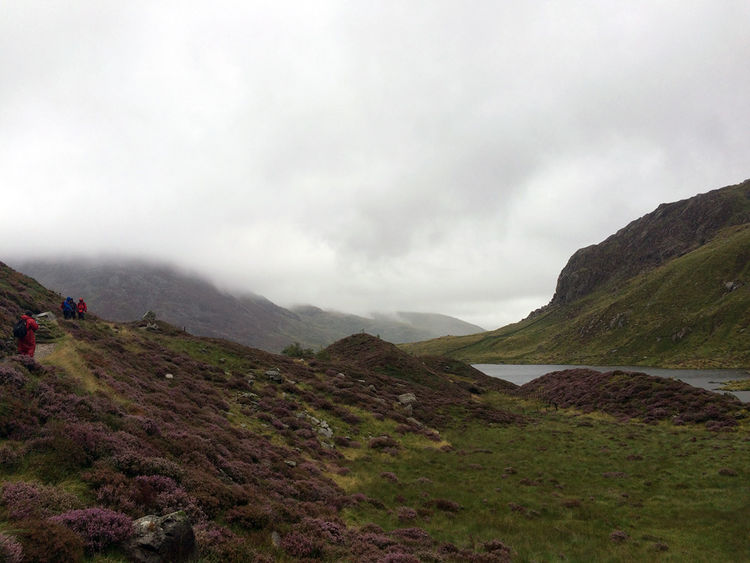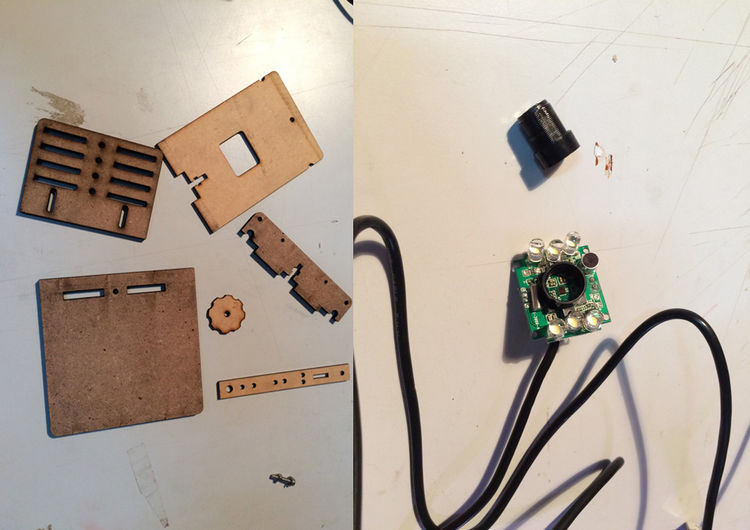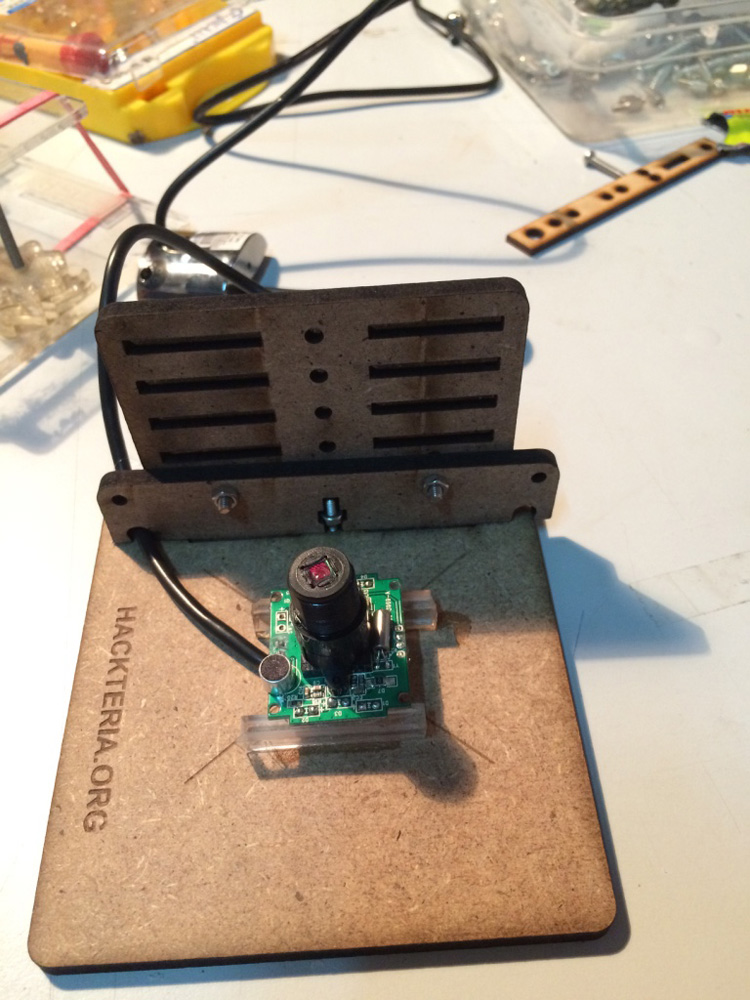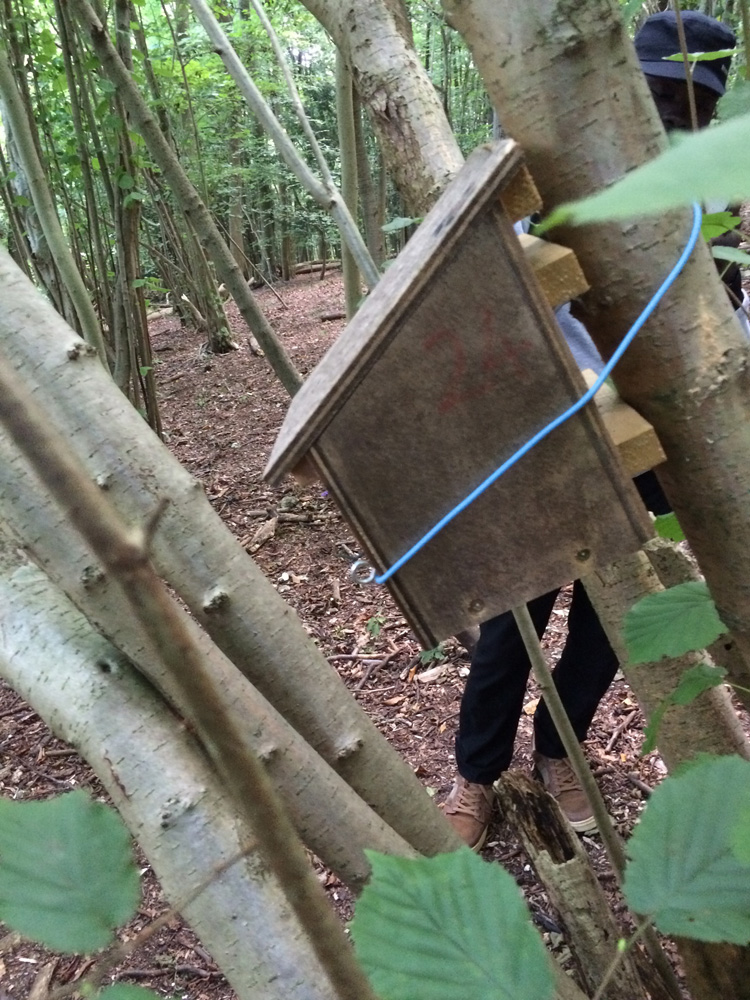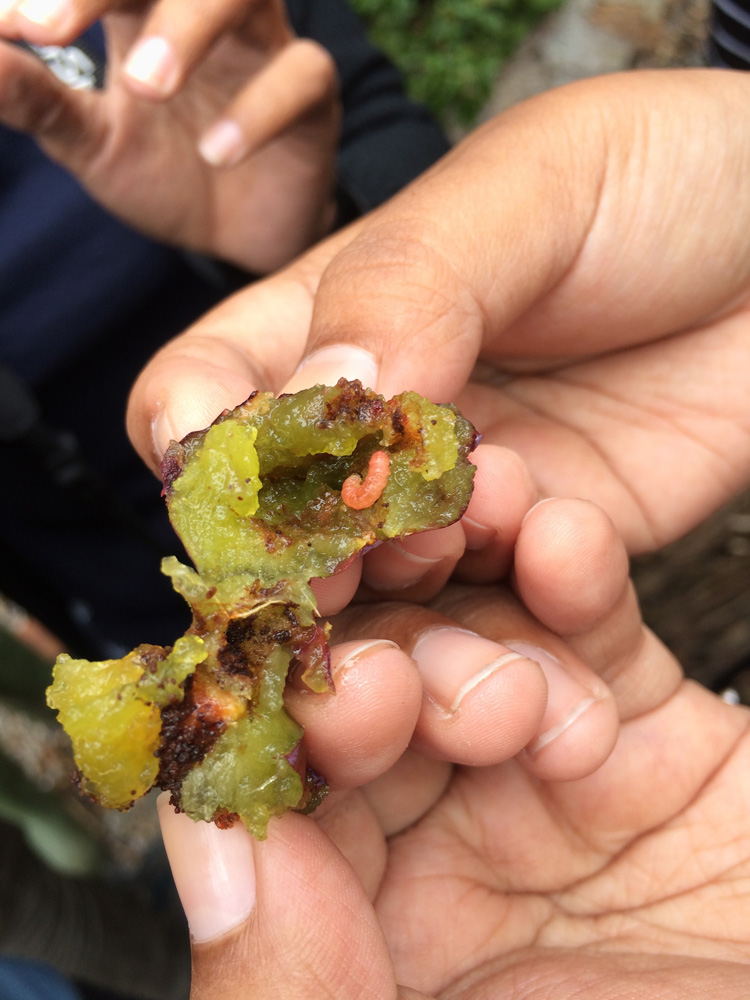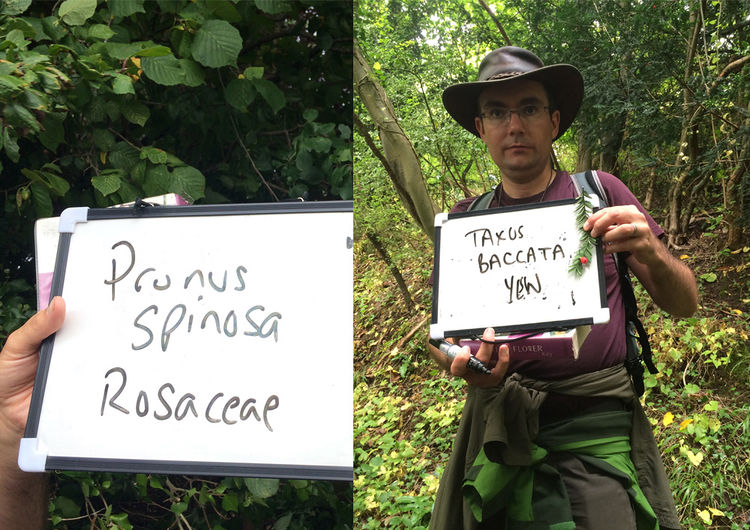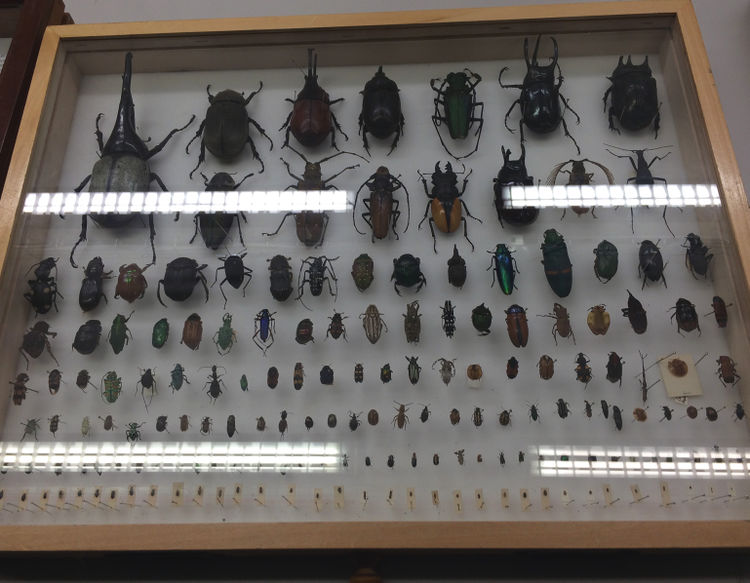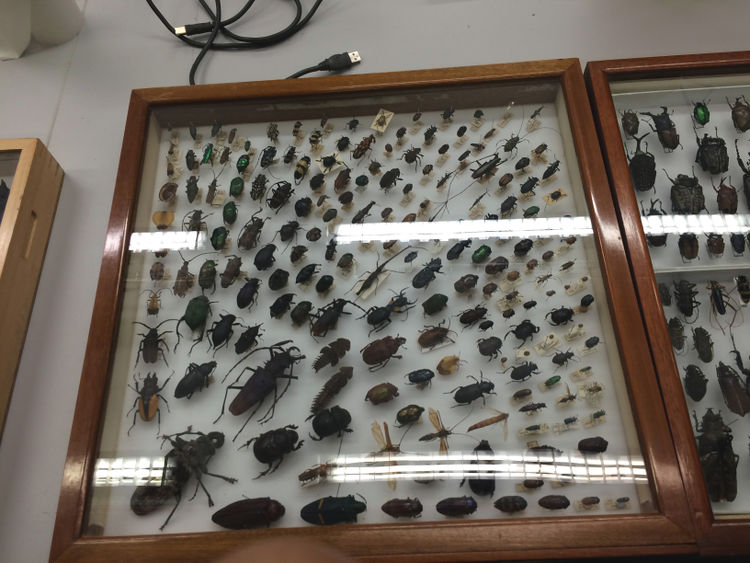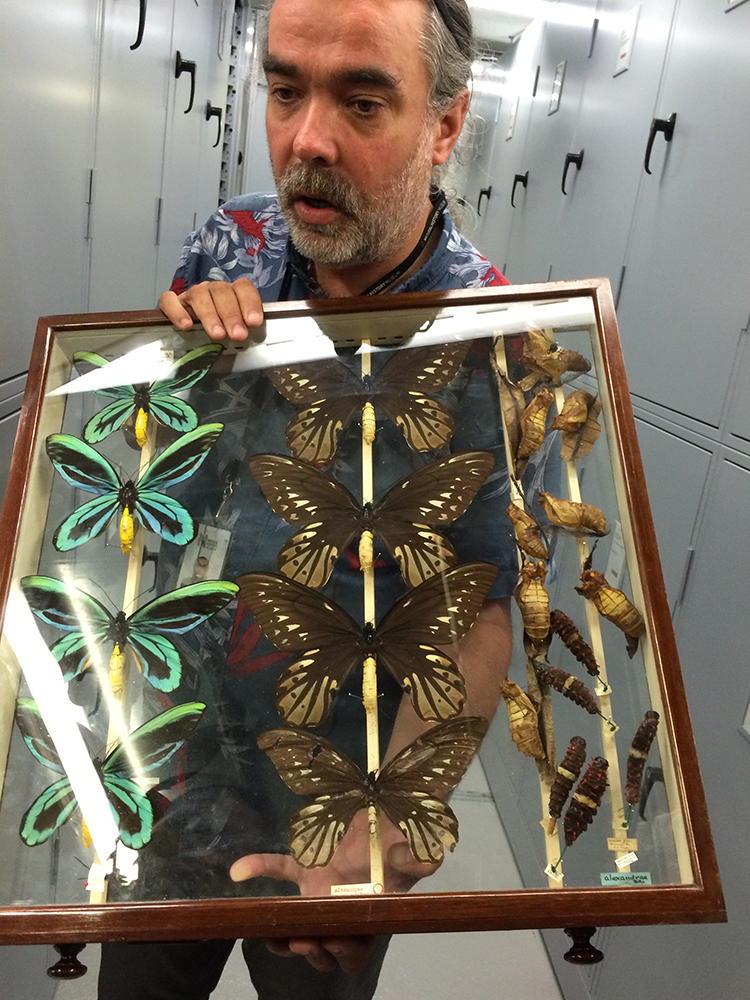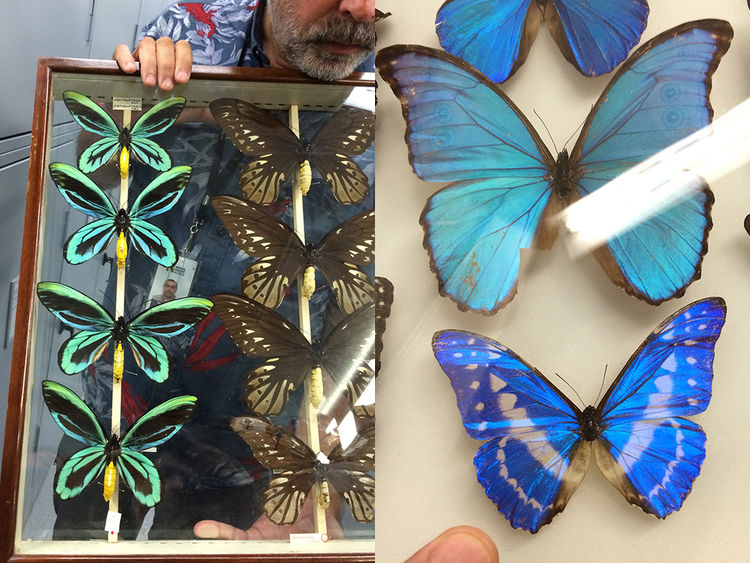Difference between revisions of "Darwins Scholars 2016"
| Line 18: | Line 18: | ||
[[File:Mouse trap.jpg| 750px]] | [[File:Mouse trap.jpg| 750px]] | ||
| − | <br> The trap is designed for smaller mammals like mouse, | + | <br> The trap is designed for smaller mammals like mouse, grains used for trapping. |
[[File:Badger n oitter.jpg| 750px]] | [[File:Badger n oitter.jpg| 750px]] | ||
| Line 37: | Line 37: | ||
[[File:Microscope001.jpg| 750px]] | [[File:Microscope001.jpg| 750px]] | ||
| − | |||
[[File:Microscope1.jpg| 750px]] | [[File:Microscope1.jpg| 750px]] | ||
| Line 55: | Line 54: | ||
[[File:Rocks.jpg| 750px]] | [[File:Rocks.jpg| 750px]] | ||
| − | <br> | + | <br> Llanymynech rocks, which was a mining place centuries ago. |
[[File:Hollow tree.jpg| 750px]] | [[File:Hollow tree.jpg| 750px]] | ||
| Line 95: | Line 94: | ||
[[File:Venus plant.jpg| 750px]] | [[File:Venus plant.jpg| 750px]] | ||
| − | <br> The insectivorous plants in | + | <br> The insectivorous plants in Darwin's garden, explained by Rendal Keynes. |
[[File:With rendal keynes.jpg| 750px]] | [[File:With rendal keynes.jpg| 750px]] | ||
<br> With Rendal Keynes, the great great grandson of Charles Darwin | <br> With Rendal Keynes, the great great grandson of Charles Darwin | ||
Revision as of 17:10, 3 October 2016

The Darwin Scholars Programme was held in U.K this year by Field studies council. People working in Field biology,
ecology, communication, forests and nature or anything interesting they all came together to explore
more methods of knowing the forest and environment better in the future.
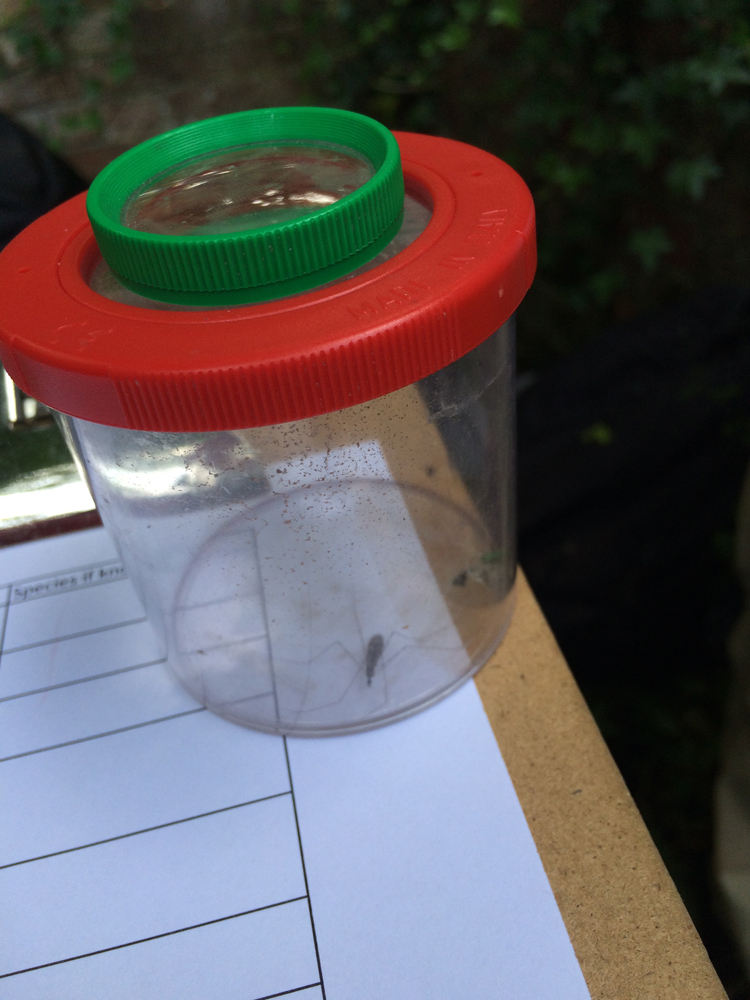
Along with the Shropshire wildlife society, we collected insects from around the neighbourhood.
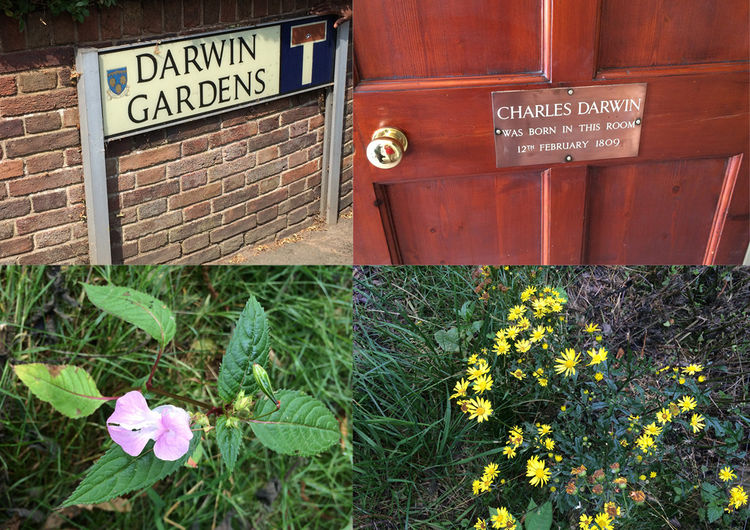
The Darwin family planted so many trees in the garden of Shrewsbury house, a collection of flora from all over the world.
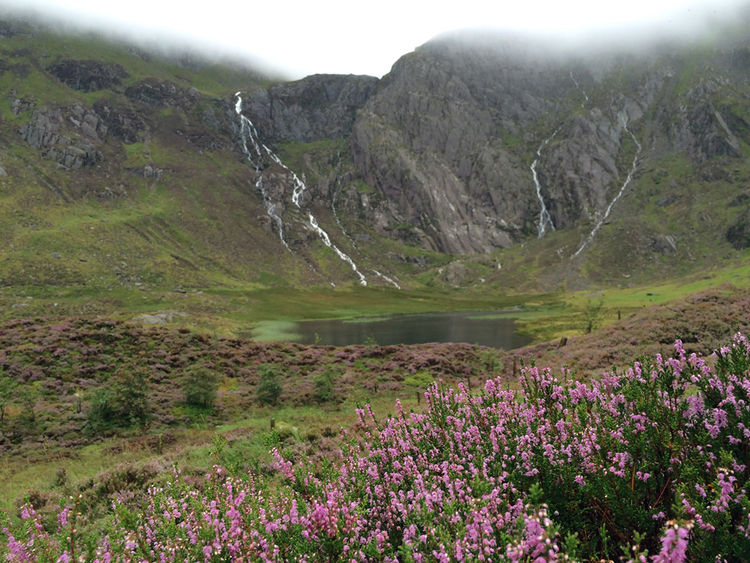
This is the highest mountain in Wales, England. There is common believe for this to be called the
land of eagles. This is one of the wettest part of U.K. Darwin used to come and explore the
geological facts around the park.
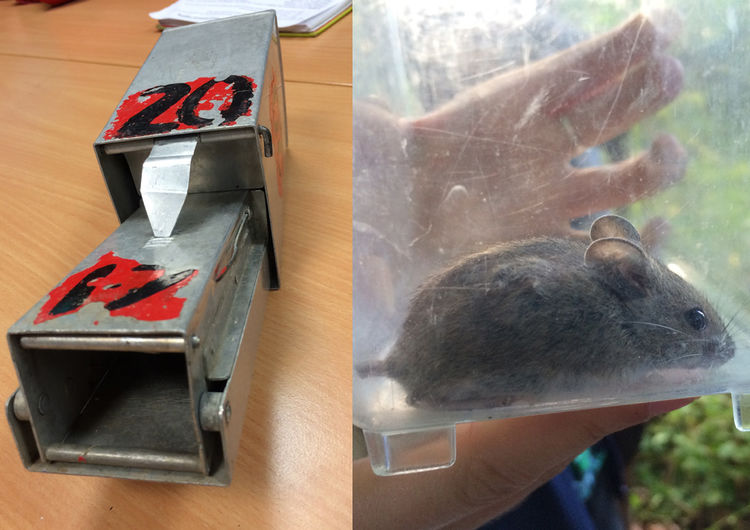
The trap is designed for smaller mammals like mouse, grains used for trapping.
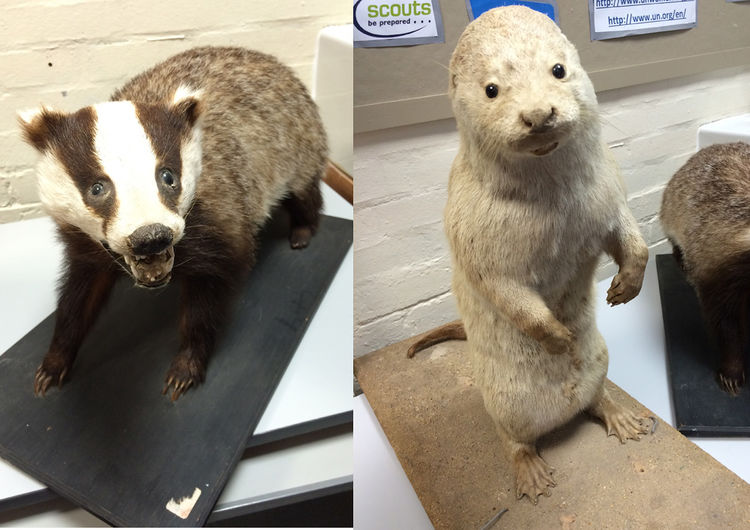
Badger and Otters are commonly found in smaller streams and river alongside of the less vegetation.
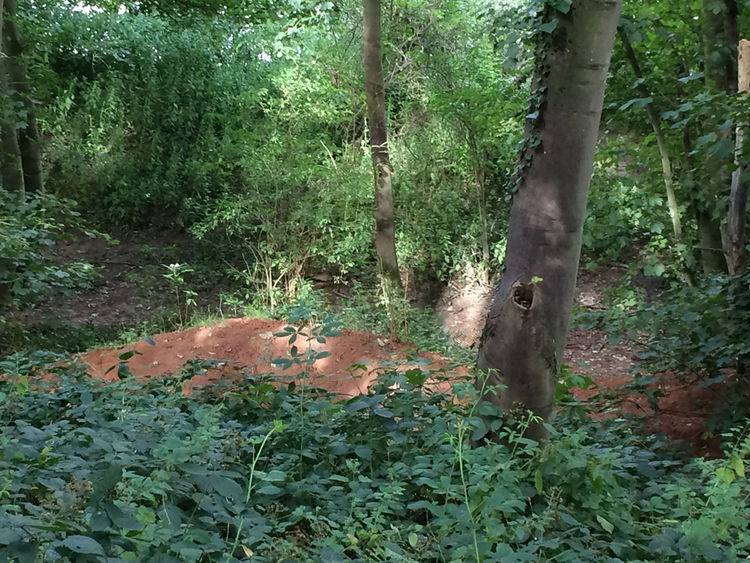
Badgers live in this habitat, they are social animals.
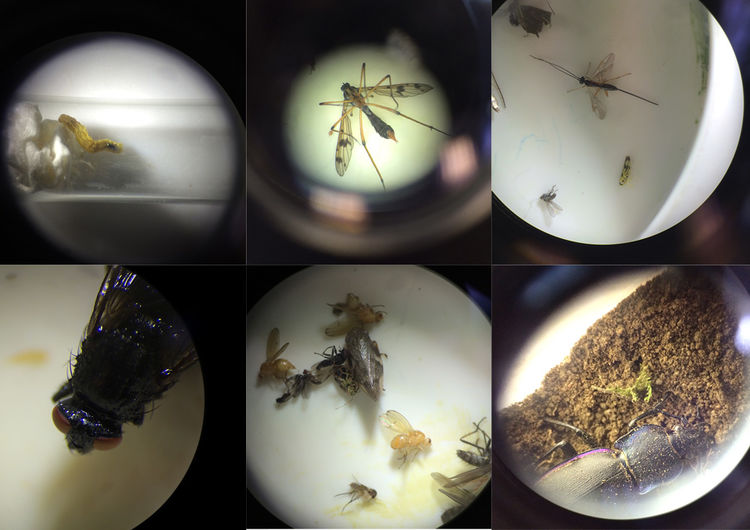
The insects as seen under the microscope.
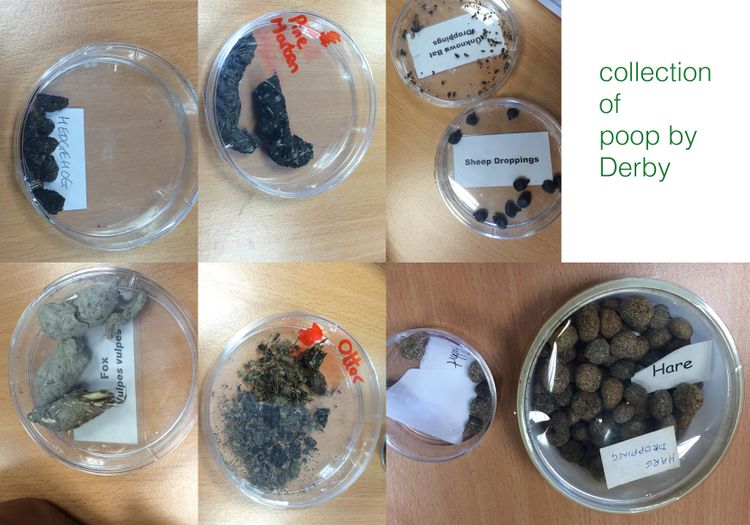
The faeces can tell a lot about the food habits of the animal.
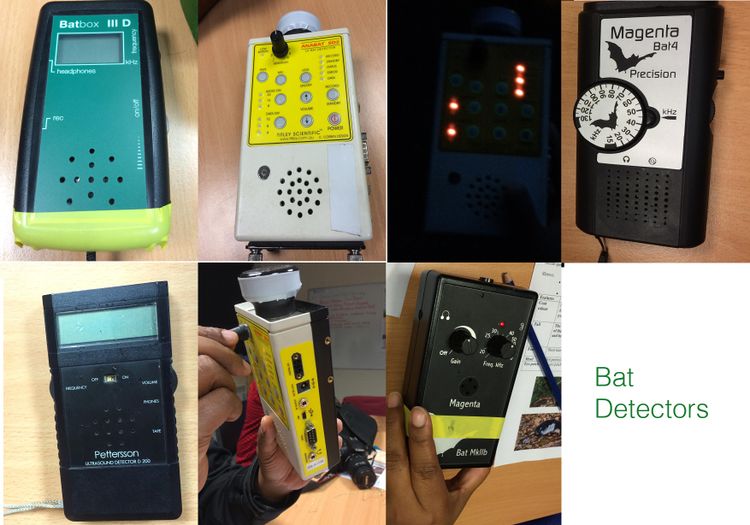
The bats navigate based on the ultrasound, here are a few different kind of instruments
we used for recording the ultrasonic sound data.
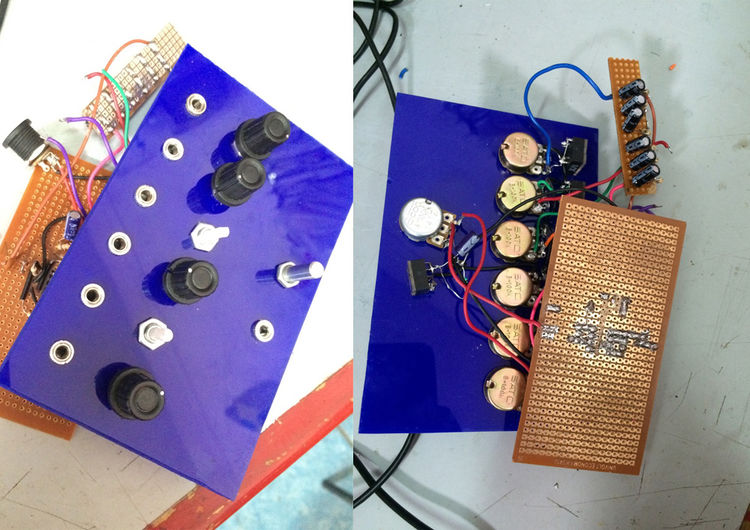
The mixer to get input of the contact mics together and have a mix of sound output together.
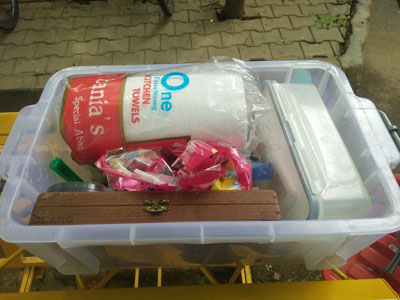
The Field kit from ArtScienceBLR.
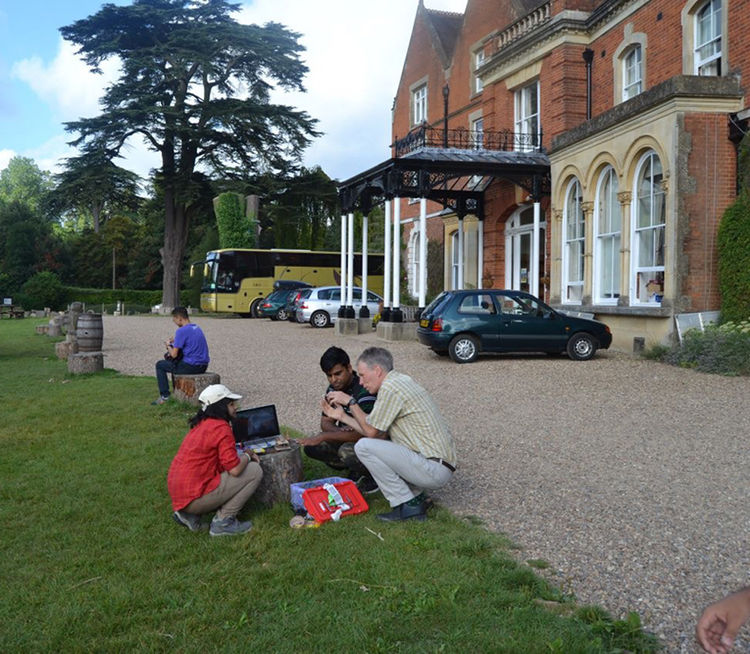
Sharing the possibilites of the field kit exploration with Adrian Pickles from Field Studies council.
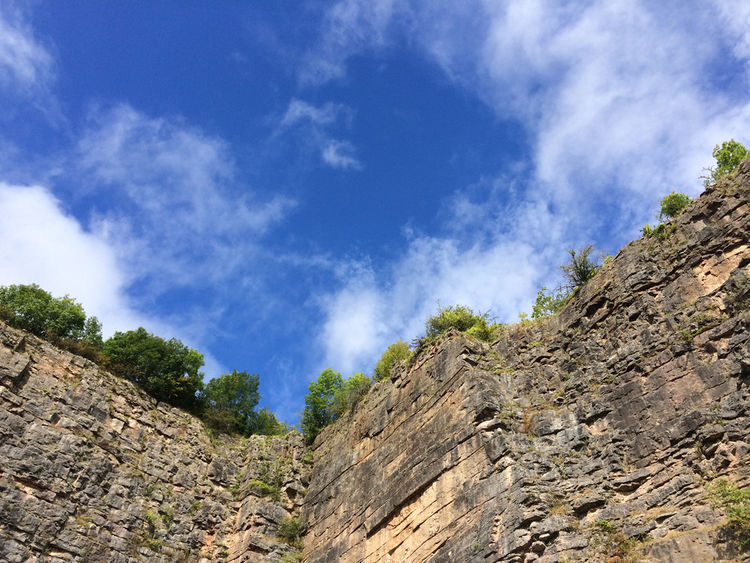
Llanymynech rocks, which was a mining place centuries ago.
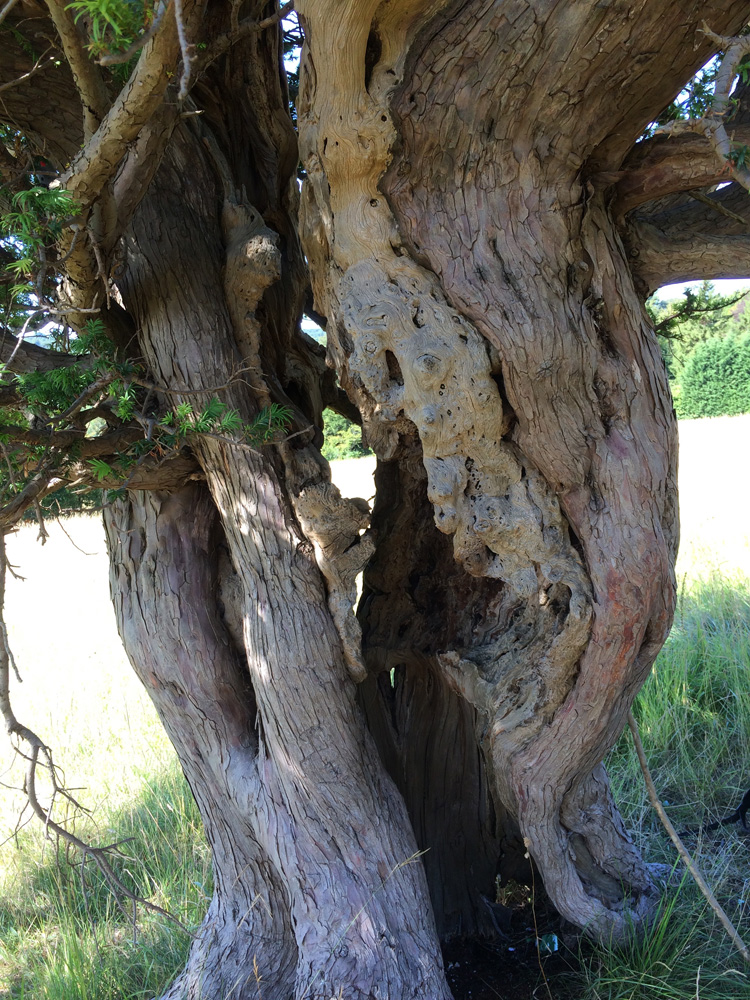
The smaller branches of the tree emerges from the main tree over time, and forms a different tree.
750px
Floral identification sheet.
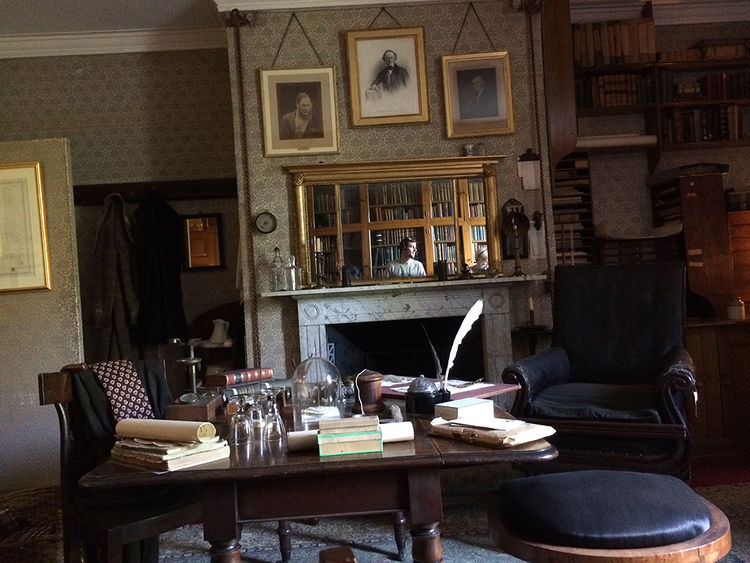
This is the room where Charles Darwin finished his book " On the Origin of species by the means
of natural selection" (1859)
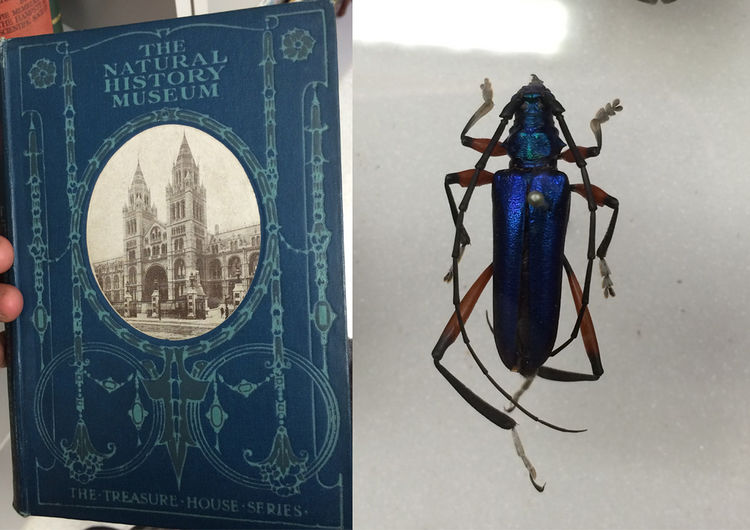
The visit to the Natural history museum and its office gallery.
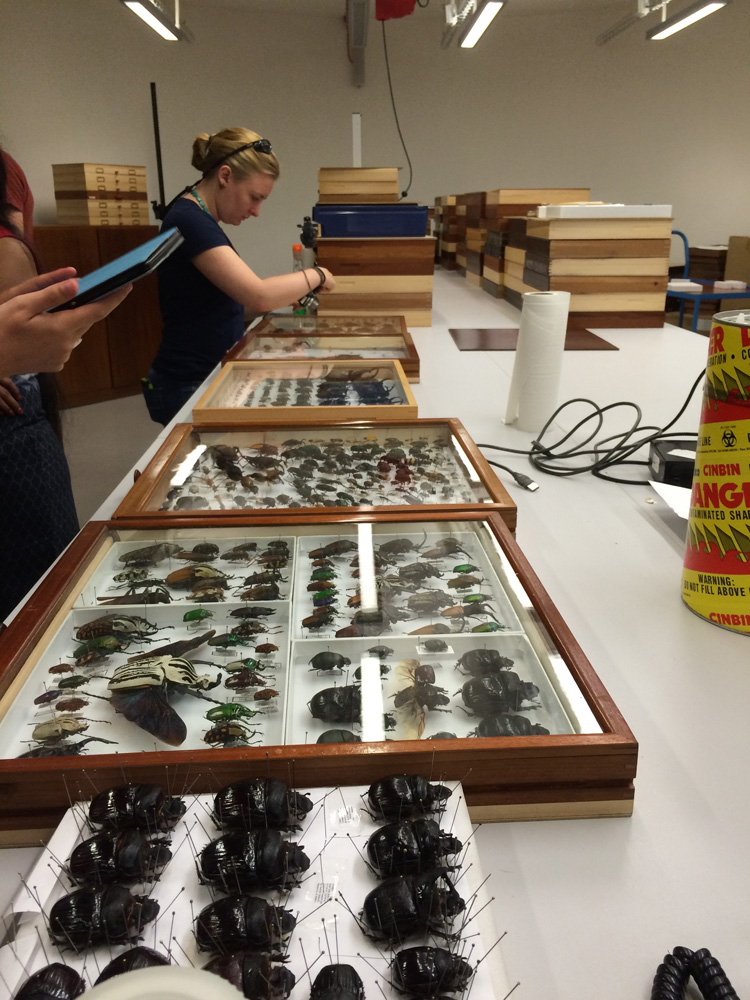
Collection of beetles which are not in public display
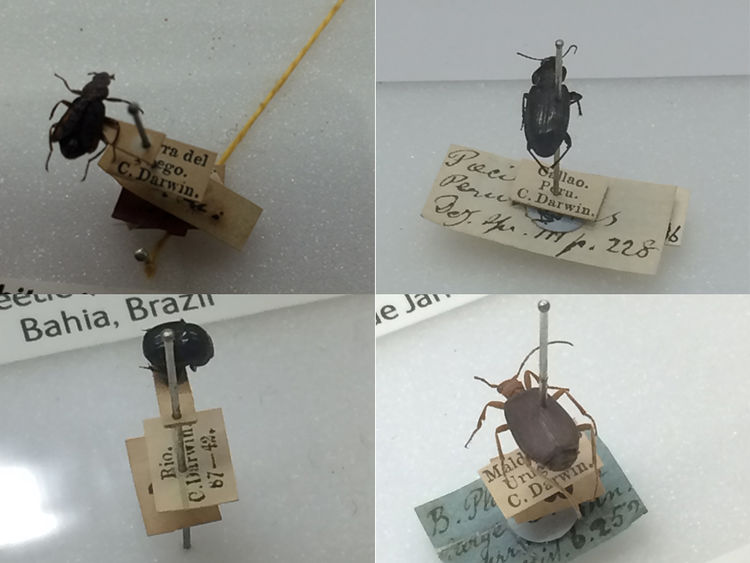
The specimens collected by Charles Darwin on his voyage to Beagle

Specimens of butterfly collection stored in Natural history museum
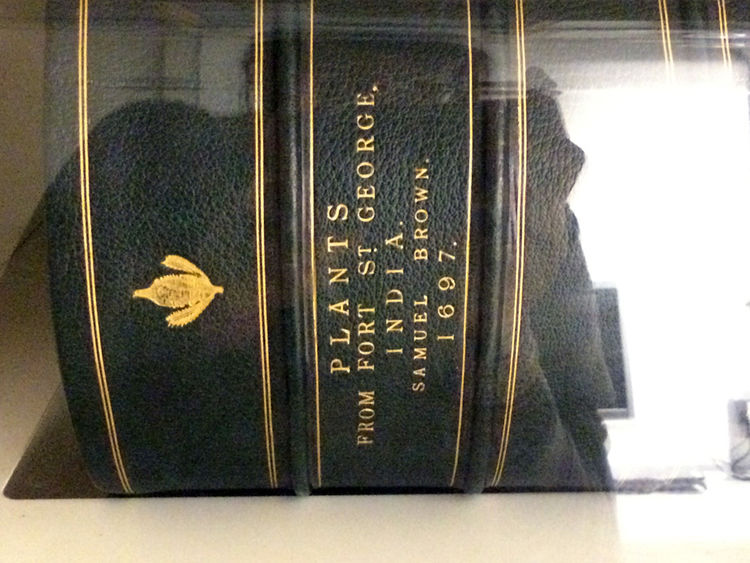
The part of the herbarium data collection gallery in the museum office.
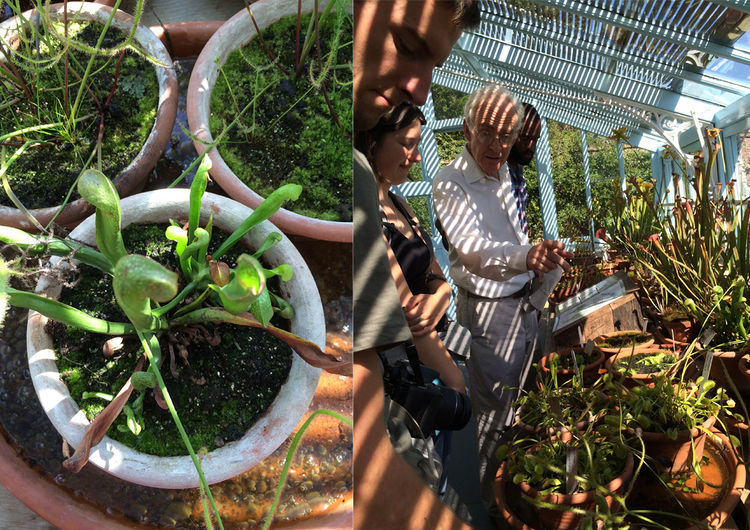
The insectivorous plants in Darwin's garden, explained by Rendal Keynes.
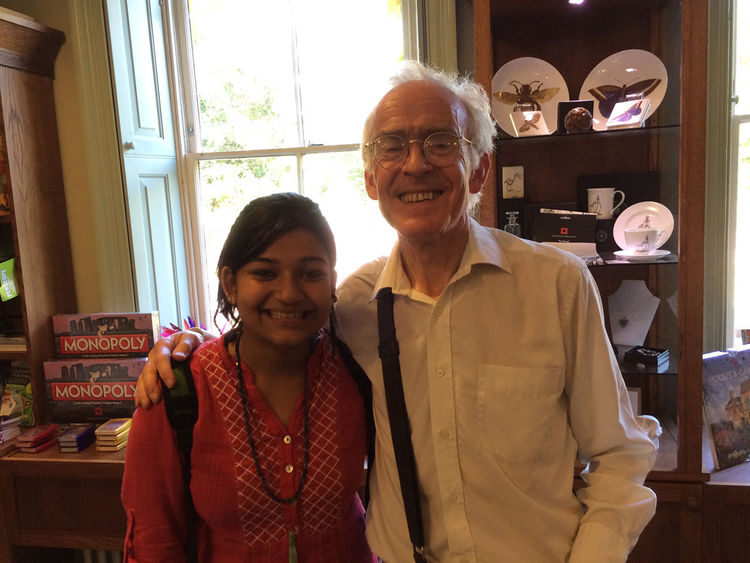
With Rendal Keynes, the great great grandson of Charles Darwin
